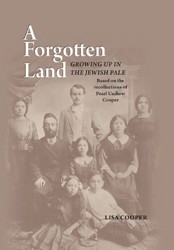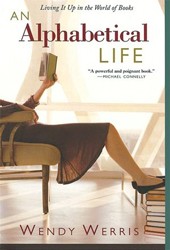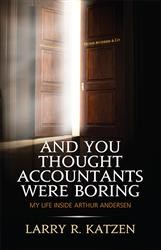In this brief memoir the author attempts to come to terms with the psychological scarring she experienced as a child during the 1950s and 1960s while living in Pittsburgh and then suburban Washington. Her father was a compulsive gambler who used his daughter to help hide his gambling losses from his wife, and her mother became a shrew because her social and occupational ambitions were thwarted by her family responsibilities and her husband’s gambling disease. The most vivid memories of Dunlap’s early years concern the constant bickering and fighting between her parents. It was not until she witnessed her mother’s grief at her father’s funeral that she realized that they had, despite everything else, loved each other, and this explained why they had not chosen the easy path of divorce. Both she and her mother, Dunlap writes, were “victims of our times.”
As was true of many post-World War II Jewish families, Dunlap’s family was socially and culturally Jewish, although it was somewhat estranged from religion, a not uncommon phenomenon. When her father died in 2004, a rabbi had to be hired to perform the funeral since the family did not belong to a synagogue.
In an attempt to put her family’s troubles into context, Dunlap briefly chronicles the story of East European immigration to America, the history of Pittsburgh and of its Jews, the significance that gambling has had in the Jewish past, and the psychology of the compulsive gambler. The most important part of her account focuses on her frayed bonds with her father and mother, but the book’s brevity and its digression into other topics prevented her from fully examining them. That said, she has an interesting tale to tell.





